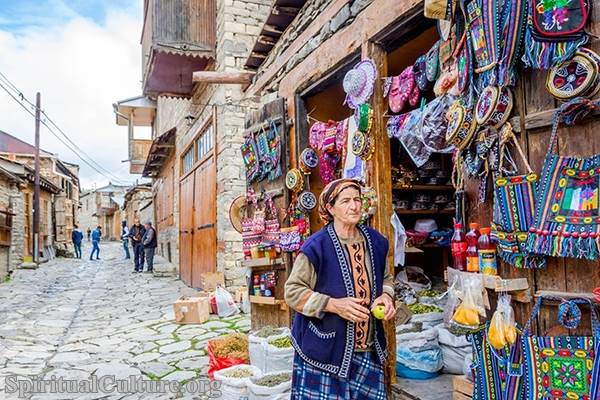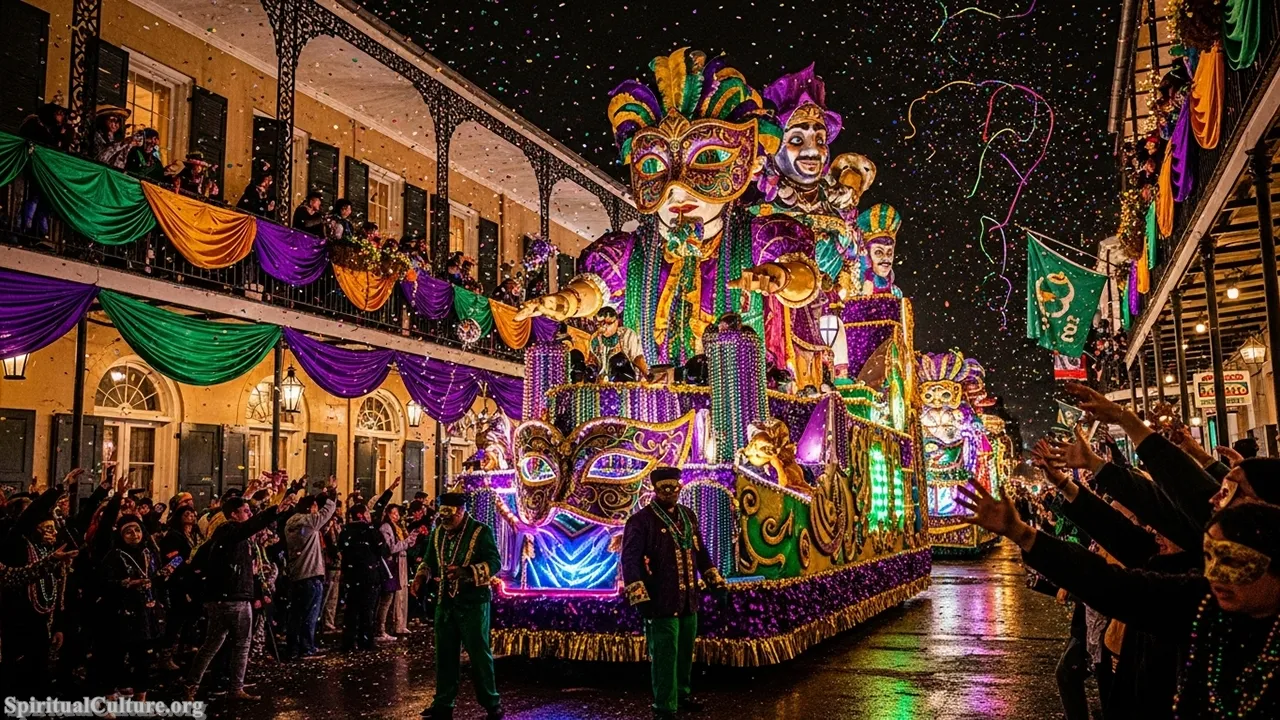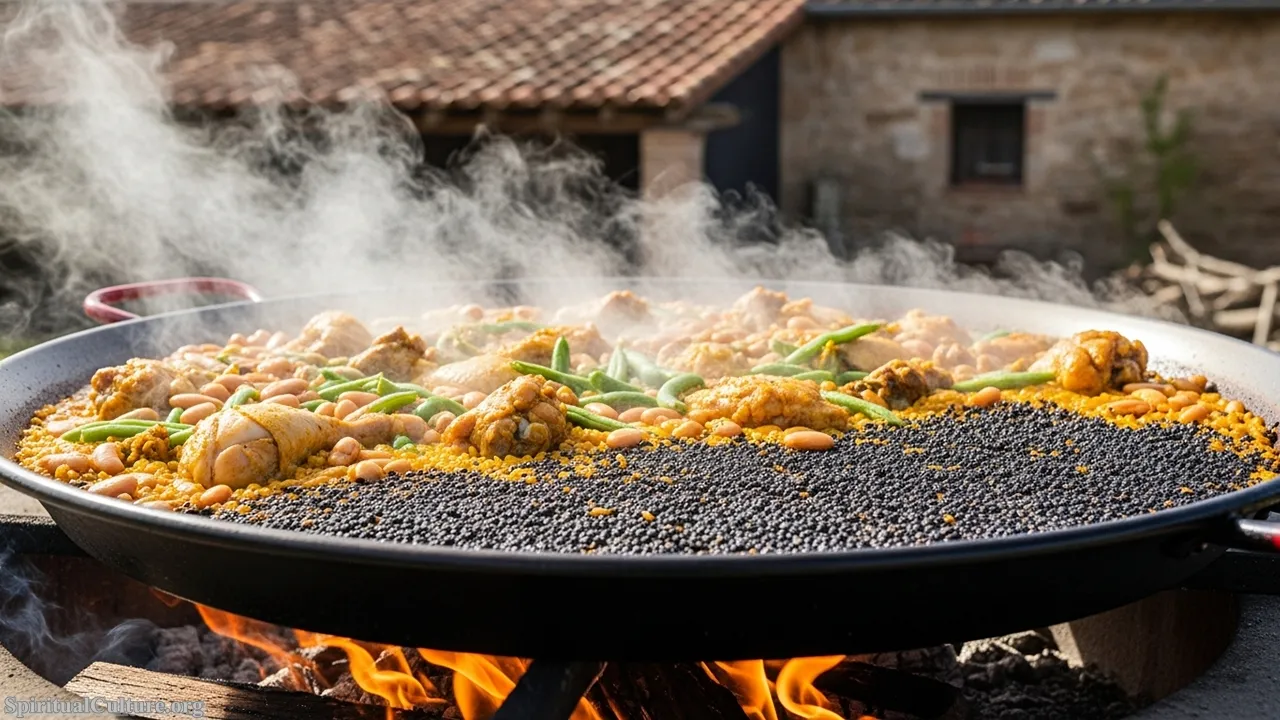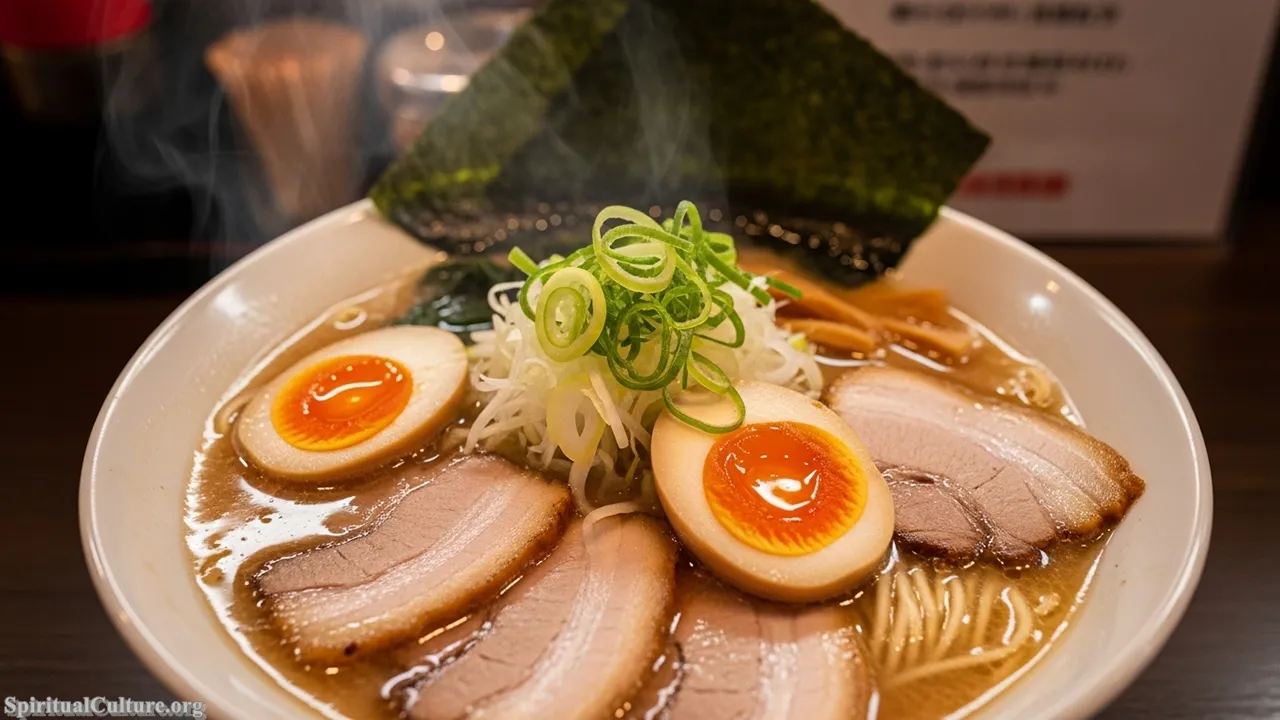The culture of Iran, also known as Persian culture, is a blend of historical events, traditions, customs, and beliefs that have shaped the country and its people. The Iranian culture is a tapestry of influences, from the ancient Persian Empire to the Islamic era, each leaving a distinct mark on its fabric. This article aims to explore the intricacies of Iran’s culture and its various aspects.
History of Iranian Culture
The culture in Iran is deeply rooted in history, dating back to the earliest civilizations of the world. The ancient Persians, Parthians, and Medes laid the foundation for this culture, which was later influenced by Greek, Roman, Arab, Turkish, and Mongol invasions. The country has been a melting pot of civilizations, each contributing to the richness of the Iranian culture. The advent of Islam in the 7th century significantly shaped the culture, blending it with Islamic traditions and values, which are prominently visible in Iranian art, architecture, literature, and daily life.
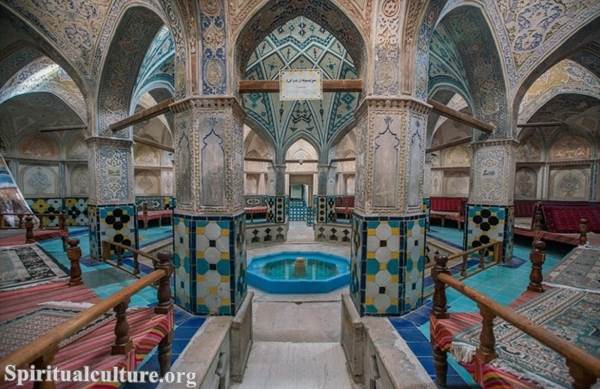
Elements of Iranian Culture
Iranian culture is a vibrant amalgamation of various elements, including language, religion, customs, and traditions. Farsi, also known as Persian, is the official language of Iran, and it has greatly influenced the country’s literature, art, and music. Religion plays a crucial role in shaping Iran’s culture, with the majority of Iranians practicing Shia Islam. The customs and traditions in Iran are deeply embedded in family values, respect for elders, hospitality, and strong community bonds.
Iranian Cuisine
One of the most delightful aspects of Iranian culture is its cuisine, which is a gastronomic journey through the country’s history and geography. Iranian cuisine is diverse, with each region offering its unique dishes. The staple foods include rice, bread, meat, vegetables, and dairy products. The most famous Iranian dishes are kebabs, stews (like Ghormeh Sabzi and Fesenjan), and rice dishes (like Tahchin and Chelow Kabab). Persian tea and sweets like Baklava, Sohan, and Gaz are renowned worldwide.
Iranian Music and Dance
Music and dance form an integral part of the culture of Iran. Iranian music is a blend of traditional and modern styles, reflecting the country’s history and diversity. Traditional music, known as Persian classical music, is based on the Radif system, while modern music includes pop, rock, and hip-hop. Iranian dance, often performed at celebrations and social gatherings, varies from region to region, each with its unique style.
Iranian Literature
Iranian literature is one of the world’s oldest and richest, with influences from Persian, Greek, Arabic, and Indian literary traditions. It is dominated by poetry, with renowned poets like Rumi, Hafez, Khayyam, and Ferdowsi contributing to its glory. Persian literature has significantly influenced the literary traditions of Ottoman Turkey, Muslim India, and Central Asia.
Iranian Visual Arts
The visual arts in Iran encompass a wide range of artistic expressions, including painting, sculpture, pottery, calligraphy, and carpet weaving. Persian miniatures, a style of painting that features intricate details and vibrant colors, are world-famous. Calligraphy, considered the highest form of visual art in Iran, is prominently featured in architecture and literature.
Iranian Architecture
Iranian architecture is a testament to the country’s cultural richness and historical depth. It is a fusion of pre-Islianic and Islamic architectural styles, characterized by unique patterns, geometric designs, and the use of symbolic colors. Prominent architectural wonders include the Persepolis, Imam Square, and the Shah Mosque.
Iranian Clothing
Iran’s culture is also reflected in its traditional clothing, which varies from region to region. While the modern dress code in Iran is influenced by Islamic law, traditional clothing is often worn on special occasions. Women’s traditional clothes are colorful and embroidered, while men’s clothing is usually white and simple.
Conclusion
The culture of Iran is a captivating blend of history, tradition, and modernity. It is a culture that values family, hospitality, and community, reflected in every aspect of Iranian life. Despite the challenges and changes over centuries, Iran’s culture has remained vibrant and resilient, continuing to enchant and inspire the world.

